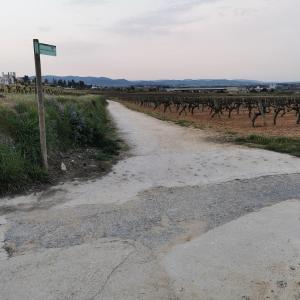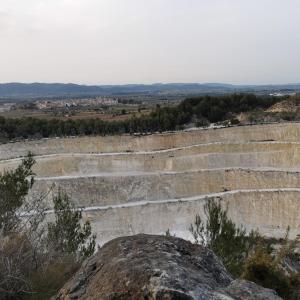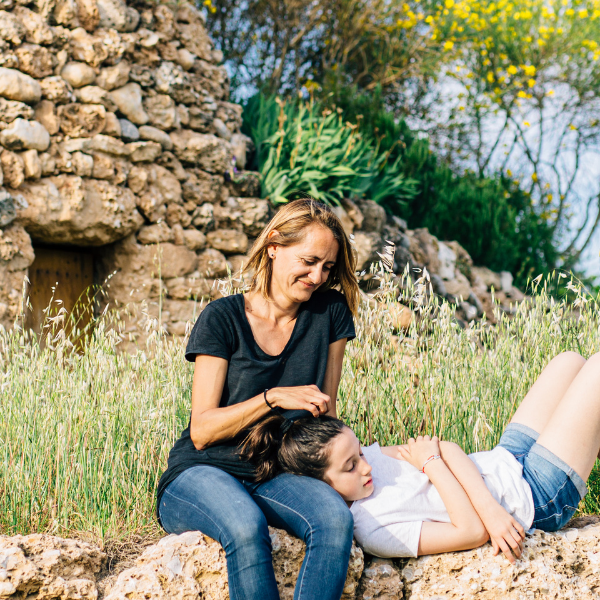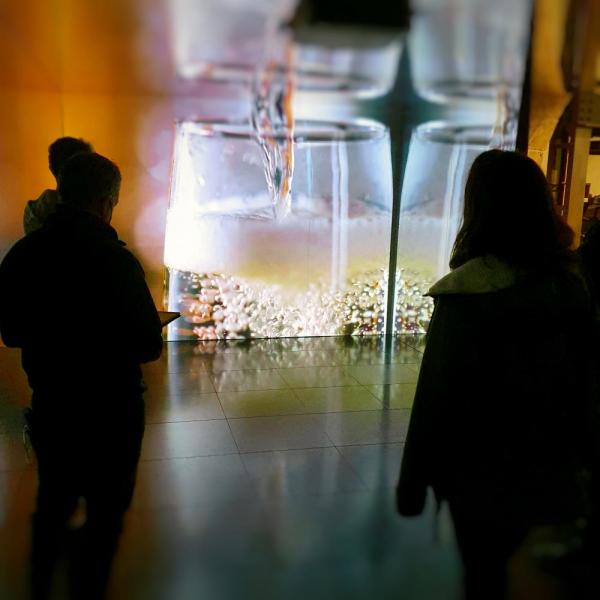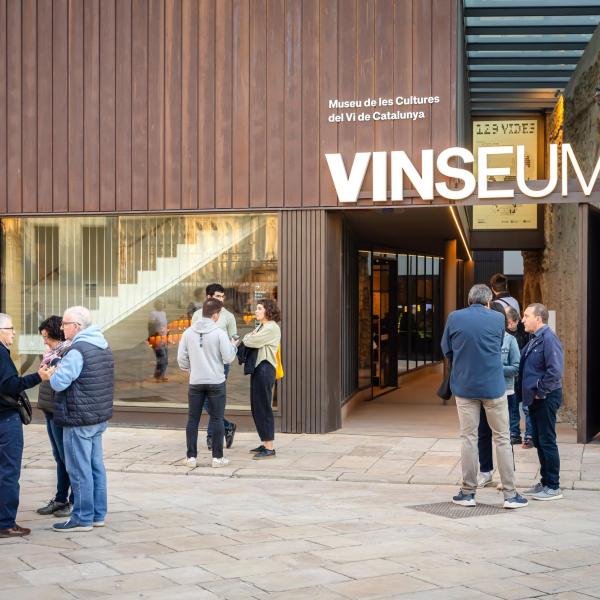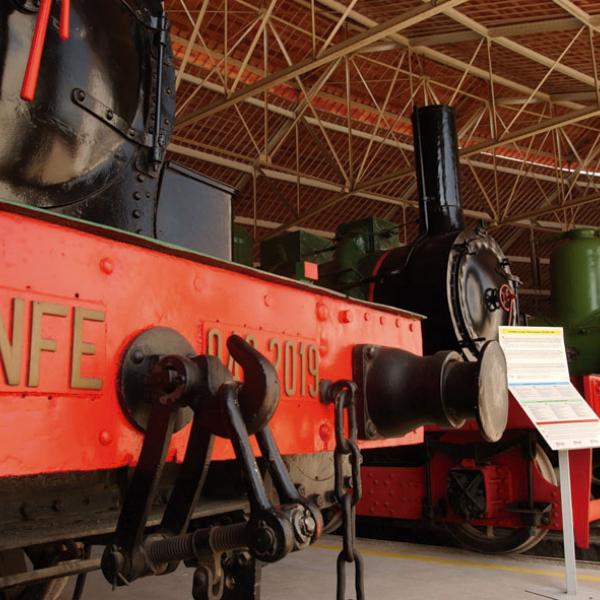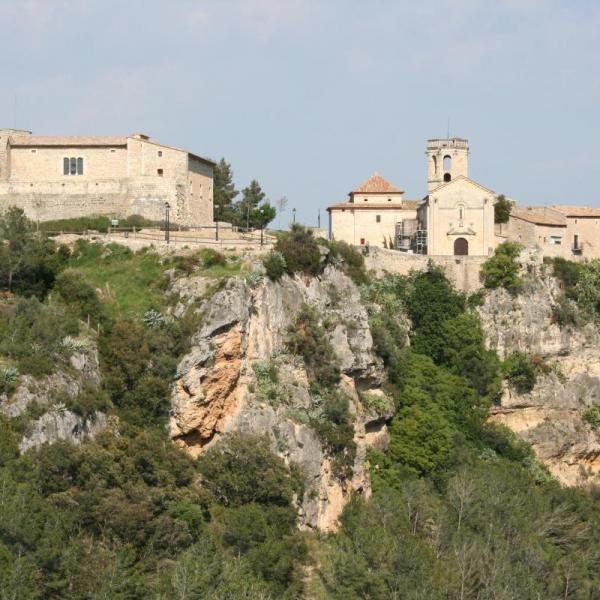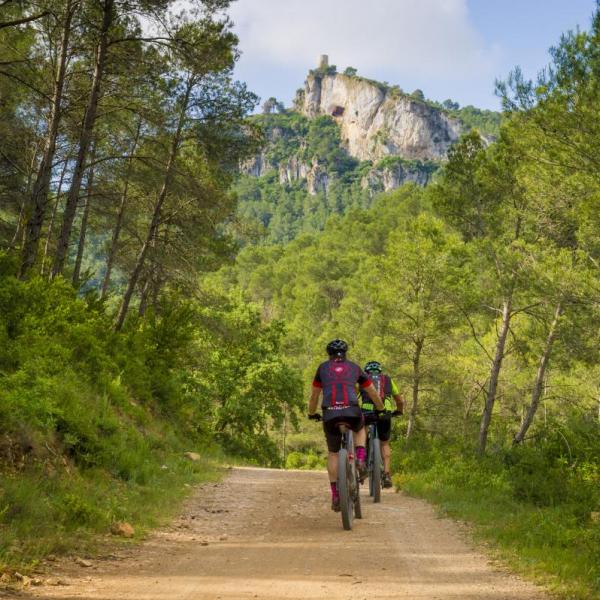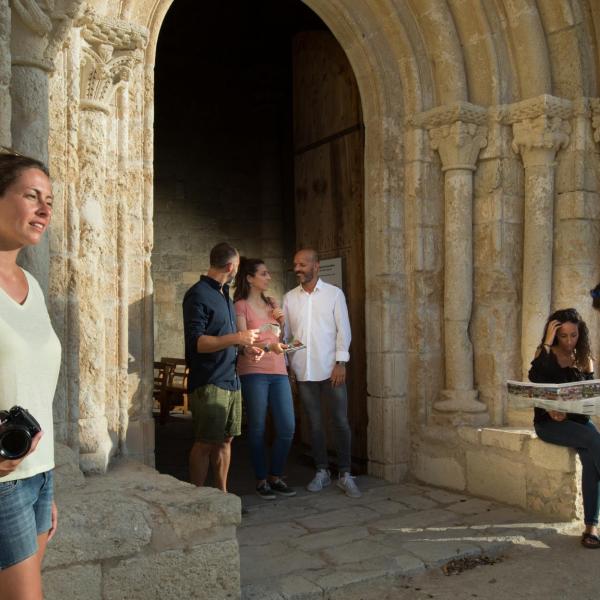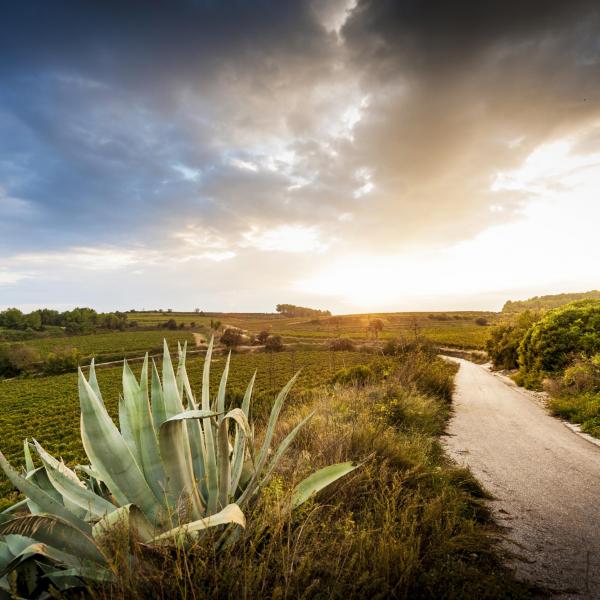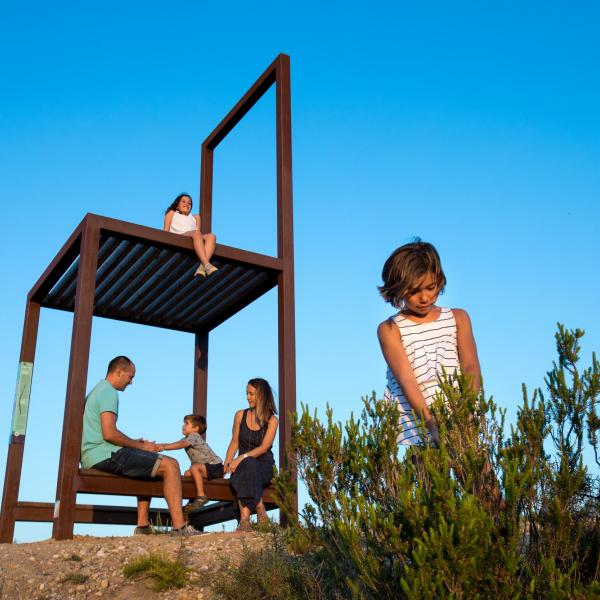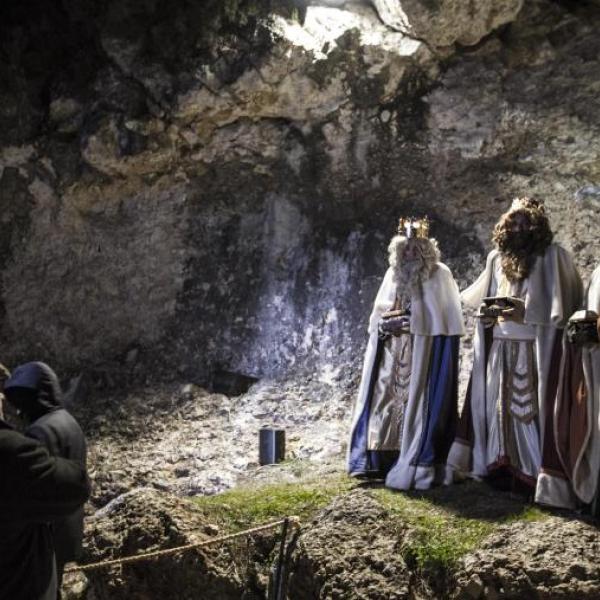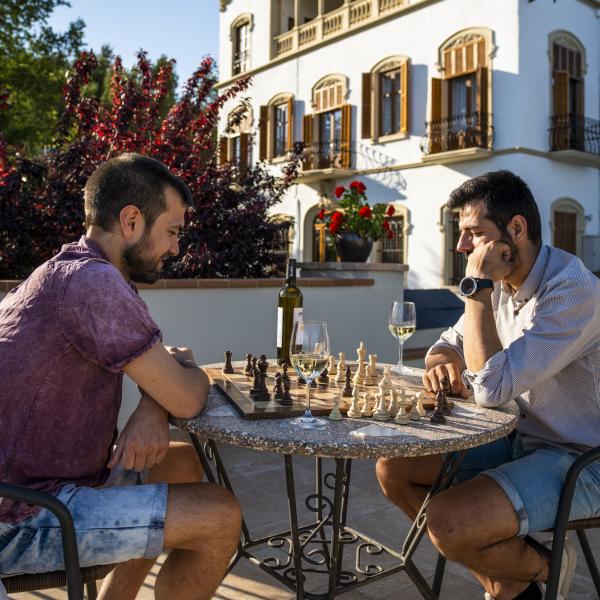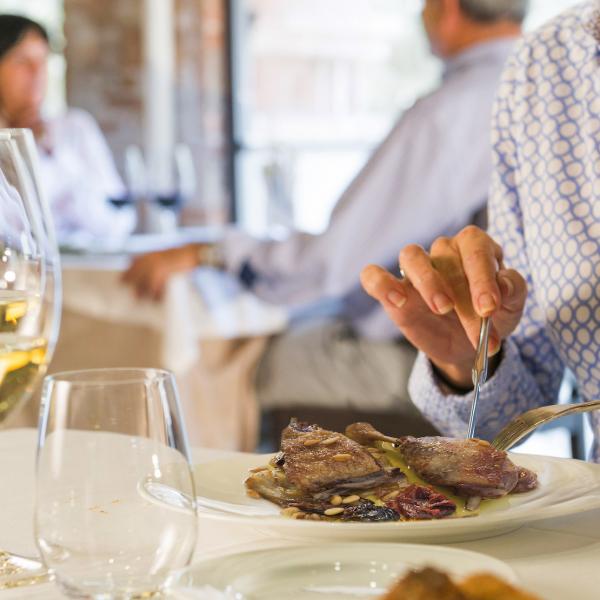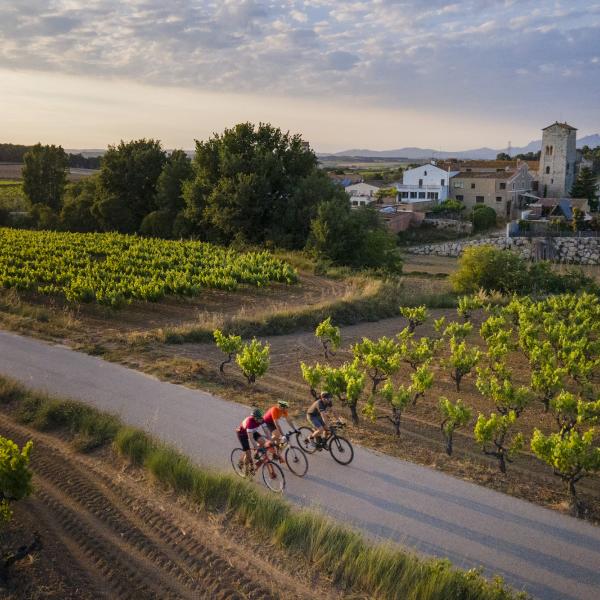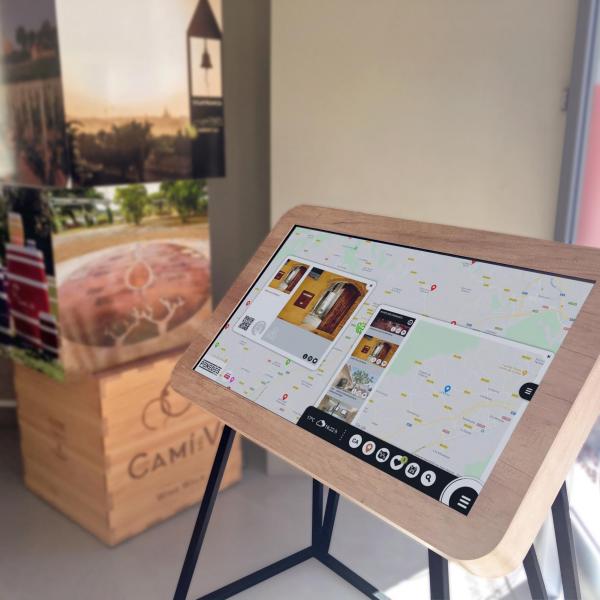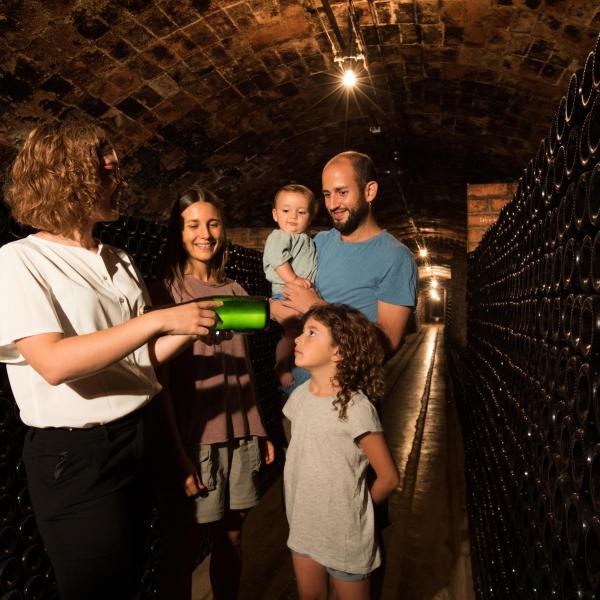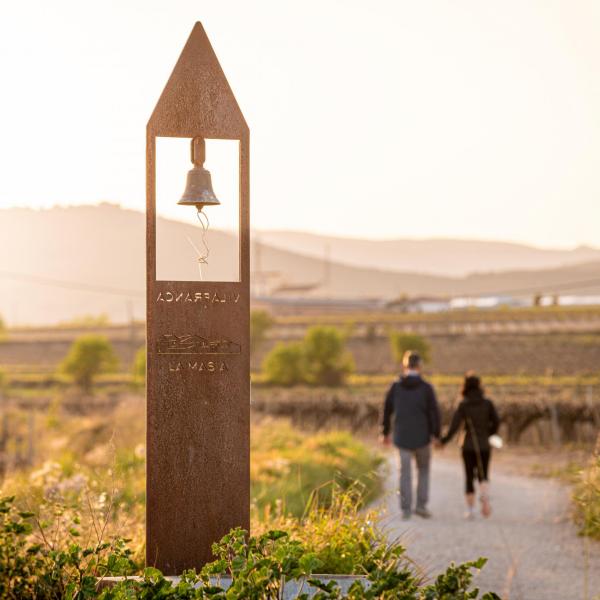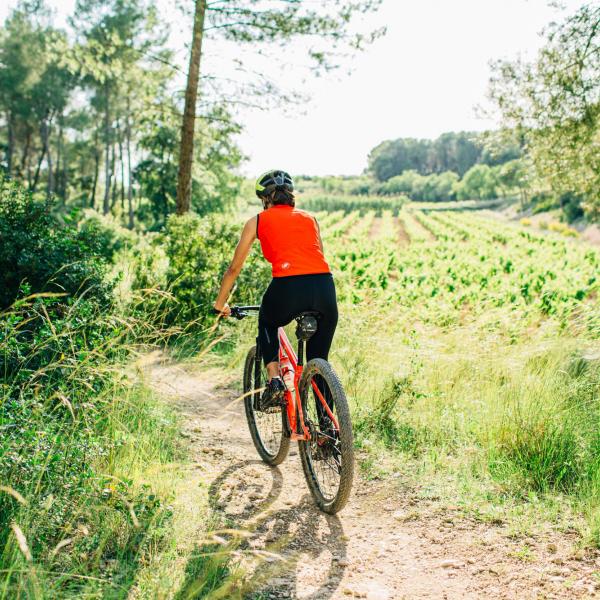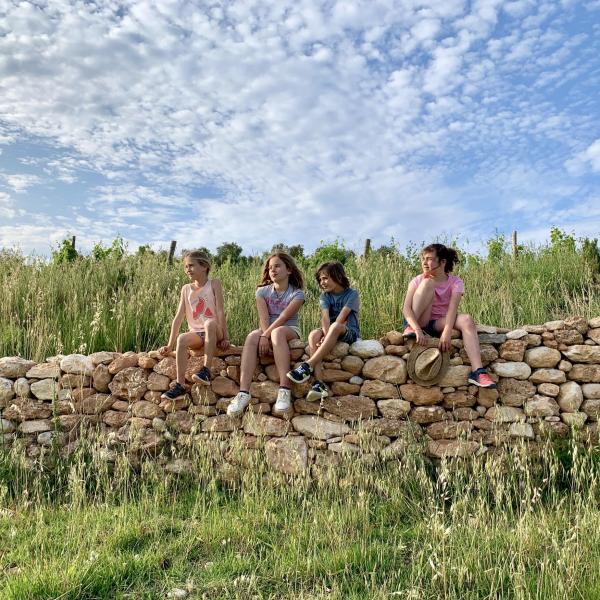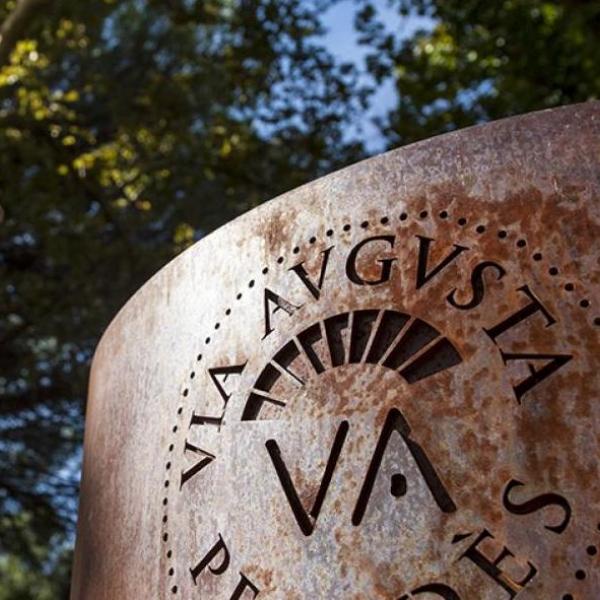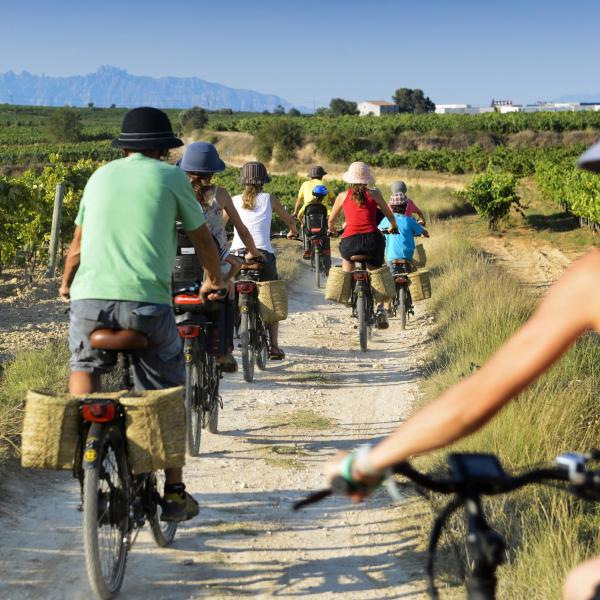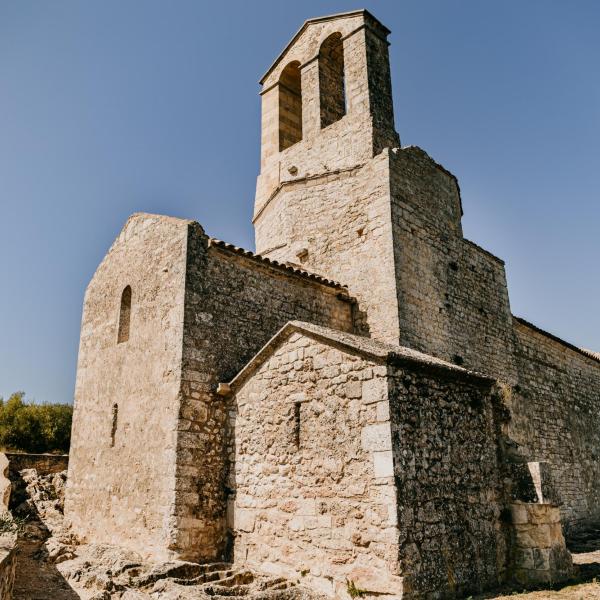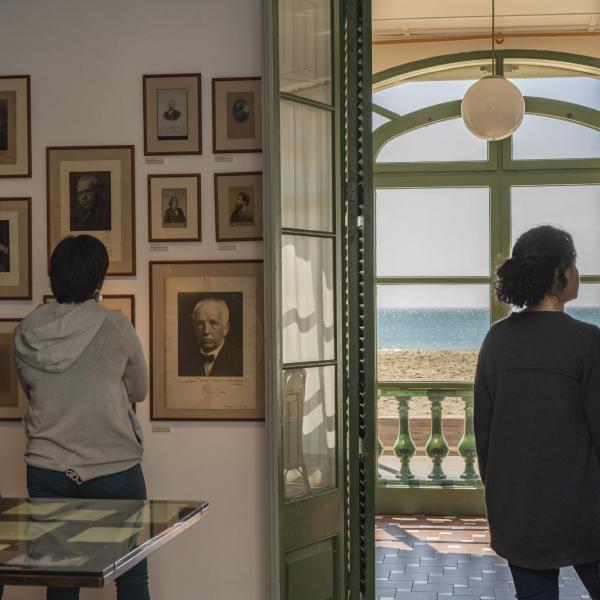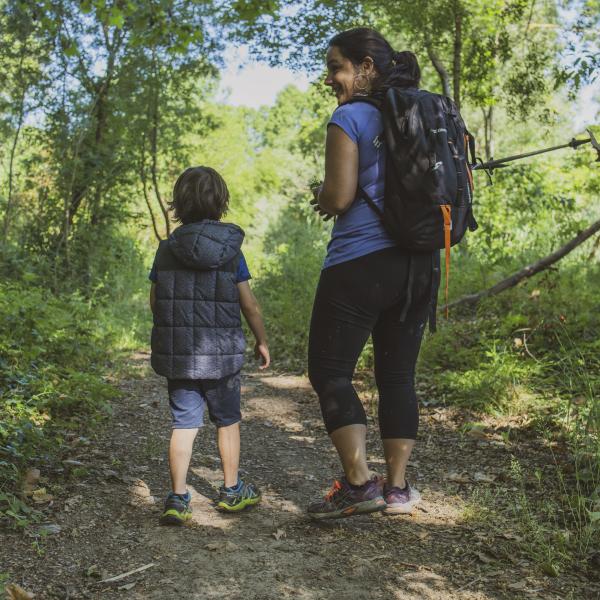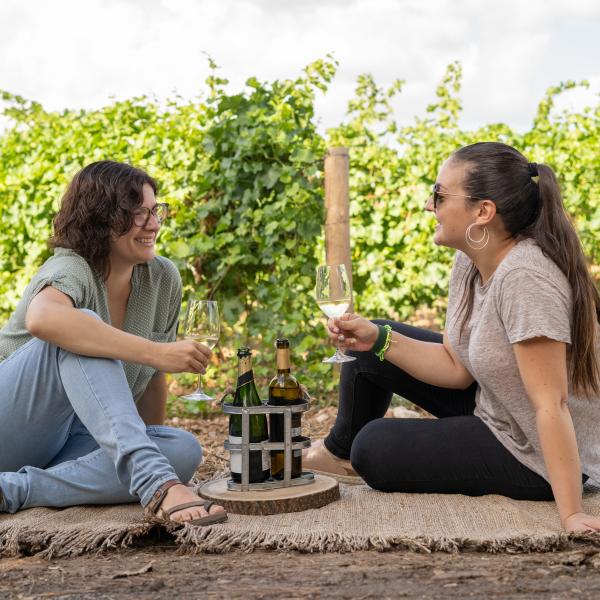Route of Dry Stone in L'Arboç
Dry stone in Arboç
In Arboç, many years of history are hidden, preserved thanks to the efforts of its inhabitants and groups that maintain the tradition of this municipality, including students who have placed signs and signs to guide them along their routes. For this reason, we offer you this Dry Stone route that you can follow to enjoy the surroundings of Arboç.
The route through the Dry Stone huts
This route begins at Avenida de los Héroes de 1808 number 58, where there is a signpost marking the start of the route. It is 6.1 km long and passes around a large calcium carbonate quarry that consumes the forest as you advance along the path. When you reach the top of the quarry, you get a very beautiful panoramic view of the Lower and Upper Penedés, this being the highest point of Arboç, at 198 metres high.
This is a route in which most of the route is flat, but there is a large slope in the middle of it. This allows you to see 10 Piedra Seca huts that are well preserved, while there are another 5 that are unfortunately in poor condition.
Elements of interest
Terme cross
At the beginning of the route, on the Camino Molinero, there is a crossroads that contains an ancient stone cross known as the Creu de Terme, originally from the 15th century and restored during the 20th century at the request of the town councillor.
Huts in poor condition
During the itinerary, there are 5 huts that are not in good condition due to being buried under sand or not being in good condition. These are:
34, W-6841 (buried)
32, W-6710 (in poor condition)
30, W-6709 (in poor condition)
26, W-6716 (buried)
21, W-6719 (buried)



